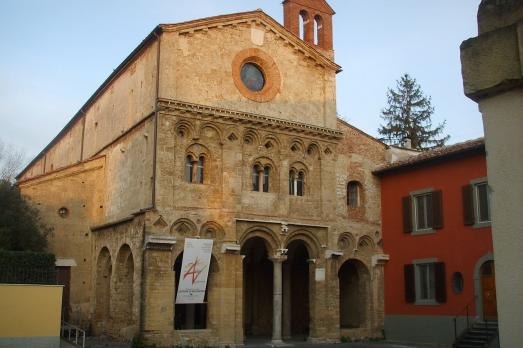
Chiesa di San Zeno
Pisa, IT
The church of San Zeno probably dates from the 11th century as an abbey church, but it was not completed until the 15th century. The interior retains traces of precious medieval murals.
Here you can search for a building to visit. You can use the map find destinations, or you can use the filters to search for a building based upon what different criteria.

Pisa, IT
The church of San Zeno probably dates from the 11th century as an abbey church, but it was not completed until the 15th century. The interior retains traces of precious medieval murals.
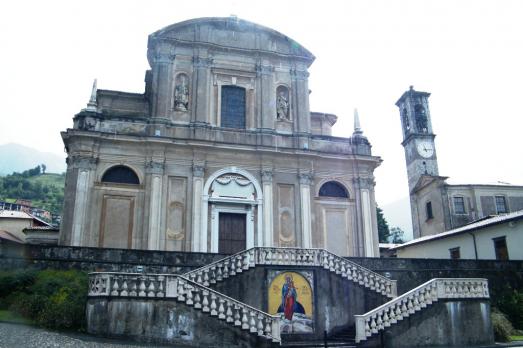
Sale Marasino, IT
The church of San Zenone was built on a project by Paolo Ogna of Rezzato in baroque style in 1868 to replace the old place of worship which had been destroyed, many of his works were recovered and placed in the new church. The new road was built in 1870 and consequently, the staircase divided into two ramps and the new façade of the church were built.
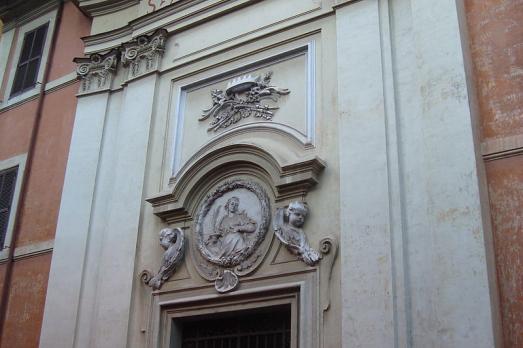
Roma, IT
The church of Sant'Agata dei Goti was founded in the 5th century in Rome by the Romanized Germanic general Flavius Ricimer. It is the only example of an Arian place of worship in the Roman Gothic community that has survived into the present day. The beautiful votive mosaic dating from Ricimer was lost when the church fell into ruin in the 16th century. The present Sant'Agata dei Goti, under Villa Aldobrandini, is a reconstruction of 1633 with a new façade erected in 1729.
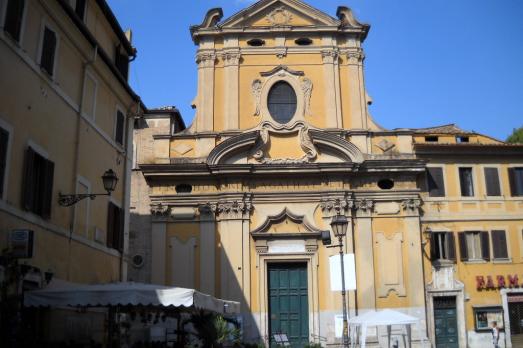
Roma, IT
Sant'Agata in Trastevere was built in 1710-11 on an ancient medieval church first mentioned in 1121 in a bull of Pope Calixtus II. In 1575, Pope Gregory XIII granted the church to the Archconfraternity of Christian Doctrine (Agatisti), which later joined the Congregation of Doctrinarians in the 18th century. In 1710-1711, under the pontificate of Clement XI, the church was completely rebuilt by Giacomo Recalcati.
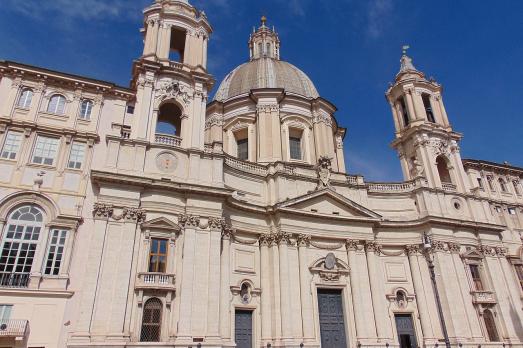
Roma, IT
The church of Sant'Agnese in Agone was built on the spot where, according to tradition, Agnes of Rome, exposed naked to the public, was miraculously covered by her hair. After the oratory, built in the 7th century, the church was built over it in baroque style by the architects Girolamo and Carlo Rainaldi in 1652 at the request of Pope Innocent X and the noble family of Pamphili. The church was completed between 1653 and 1657 by Francesco Borromini. He designed the concave façade of the church and topped it with a dome and two campaniles.
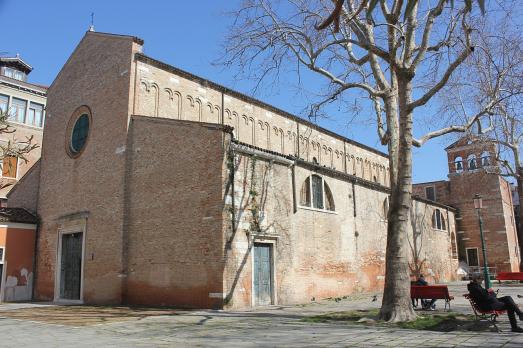
Venezia, IT
The church of Sant'Agnese was founded between the 10th and 11th centuries. In the following centuries, several architectural interventions took place, especially in the Gothic and Baroque periods. Jacopo de' Barbari's plan of 1500 also shows the presence of a Gothic portico in front of the façade, which has now disappeared. In 1810, the church was closed to worship as a result of Napoleonic decrees and much of the interior decoration was lost. The church was again used for worship in the mid-19th century after restoration work that left little of the original structure.
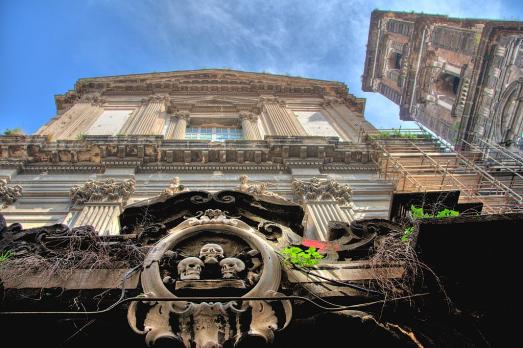
Naples, IT
The church of Sant'Agostino alla Zecca, known simply as Sant'Agostino Maggiore, is one of the most important and large churches of Naples.
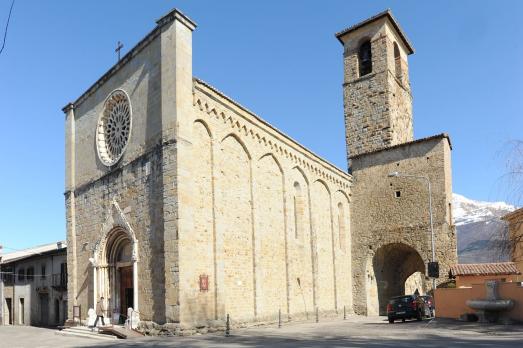
Amatrice, IT
The church of Sant'Agostino is a church built by Augustinian monks in 1428 and dedicated to St. Nicholas of Bari. The plaque on the façade attributes the construction to the architect Giovanni dell'Amatrice. In 1580 and 1781, the interior and part of the ancient apse were destroyed by fire. In the 18th century, the church was dedicated to St. Augustine. In 1845 the vault was demolished as it was unsafe and the church was whitewashed. In 1894, three frescoes were discovered, two of which date from the late 15th century. In 2016, following an earthquake in central Italy, a large part of the church collapsed. The bell tower remained standing until 18 January 2017. The church is now in ruins.
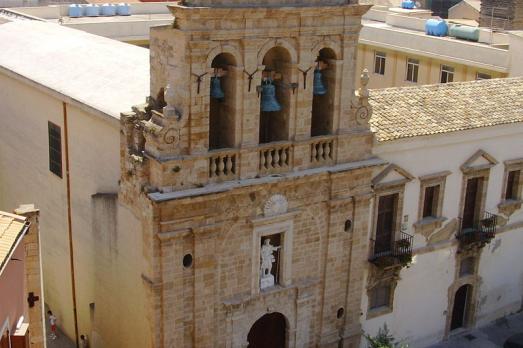
Gela, IT
The church of Sant'Agostino was built in 1439 with the adjoining convent and is the oldest church in the town. It was erected in the ancient town of Terranova, which later became Gela, originally in honour of St. Joseph. The façade was built in 1783. The Mugnos chapel was added in 1613. The church has a neoclassical façade.
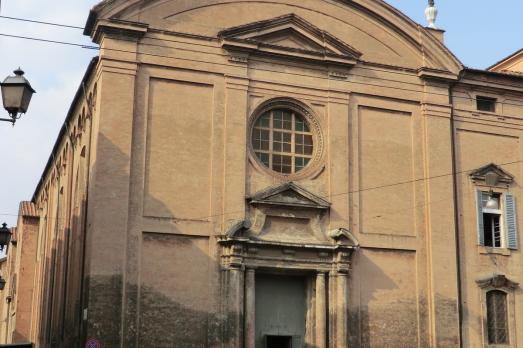
Modena, IT
The church of Sant'Agostino dates back to 1292, but the original structure was profoundly modified in the 17th century when Duke Alfonso IV d'Este, on the occasion of the death of his father, Francesco I, decided to transform the building into the pantheon of the House of Este. The current appearance of the church dates from the second half of the 17th century. Work began in 1660 and, after the death of Alfonso IV in 1662, continued under the direction of the duchess Laura Martinozzi, who also asked for a contribution from the Modenese community to complete the work. The church was consecrated and reopened for worship on 12 October 1670. Damaged by the earthquake of 2012, the church was recently restored and reopened to the public.

new
Nestled amidst the serene landscapes of the Harz region, lies a hidden gem for nature enthusiasts and history buffs alike - the Harz Monastery Hiking Trail. Lace up your hiking boots and embark on this captivating adventure that will transport you back in time.

The Holy Mile (Miglio Sacro) of Naples is a one-mile-long itinerary, through sacred places linked to the city's patron saint, San Gennaro, in the Rione Sanità district. Discover the city from a new perspective with this unique walking tour.

As a university city, cultural offerings abound in Tartu and will reach their peak after being designated one of three European Capitals of Culture for 2024. In this list, we've compiled the most interesting sacred places to visit in and around the old town.